What is Capicola?
When you buy through our links, The Breslin may earn an affiliate commission. Learn more
Welcome you to my blog today!
First and foremost, I would like to mention the food- an inevitable thing. Food is nutritious substances, energy, growth, and a lifesaver to me. What I eat every day will contribute to my long-term health. So, I also have a careful selection of what food is good.
One of the outstanding dishes I’m eager to introduce is capicola. It comes from a country that is famous for culinary. Although Capicola is not a new food, it is considered a unique dish with many unmistakable flavors.
But what is Capicola?
Don’t click on other websites; I will immediately explain what is capicola and supply you with all the important things about it.
What is Capicola?
Do not worry if you haven’t heard about this term. Let’s start reading to know What is capicola.
Capicola comes from Italian cuisine. Its appearance was recorded in several regions in the early 1800s with many different versions. Capocollo, gabagool, or coppa are different names of capicola. Capocollo and gabagool are called by Americans, while capicola or coppa is a popular name in Italy.
Capicola is a traditional dish that is taken from the neck or shoulder of pork after seasoning, curing, and thinly slicing.
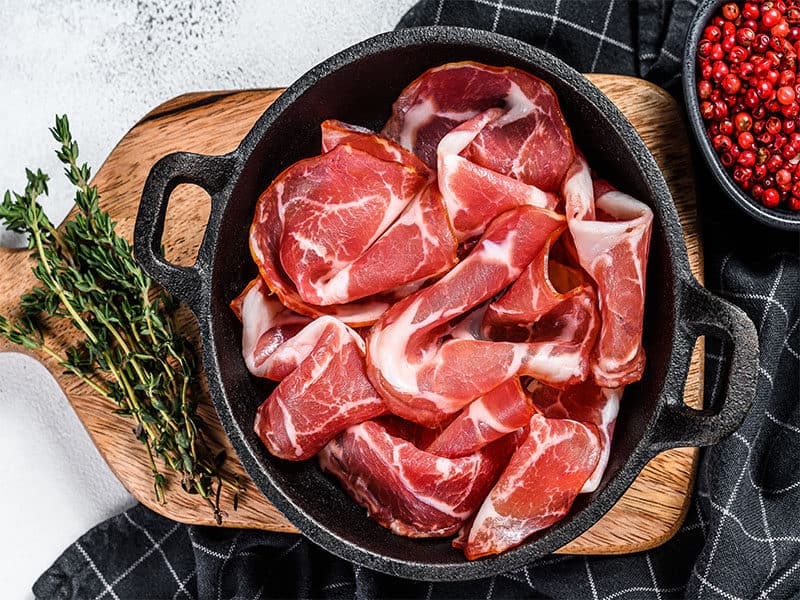
Capicola is also a healthy cured meat due to the rate of fat. That of fat and lean are 30 and 70 respectively. This helps capicola be tender and moist after curing at a certain time.
Varieties
It’s no doubt that there are many types of charcuteries depending on each region and each person’s taste. In this part, I will introduce some main varieties that may be beneficial to you.
There are seven main varieties when it comes to capicola. The differences among these capicola below are their ingredients and locations. Depending on each region, capicola has various flavors. Let’s skim and collect information.
- Coppa Piacentina: this capicola comes from Piacenza due to PDO ( EU Protected Designation of Origin). Its seasonings are salt, pepper, cloves, and cinnamon.
- Capocollo di Calabria: the original this capocolo is known in the Calabria region of Italy. Vinegar and black peppercorns are added to bring a savory taste.
- Capocollo della Basilicata: you can find this meat in the Basilicata region in southern Italy. It tastes sweet or sometimes spicy due to chili pepper seasoning.
- Capocollo del Lazio: the first appearance of Capicola is in Lazio in the central part of Italy.
- Capocollo di Martina Franca: another capicola comes from the south of Italy. It can be seen in most towns in Martina Franca, Apulia. Capocolo di Martina Franca is soaked in salt in a few days before adding thyme, laurel, and oak bark to add a distinctive flavor.
- Capocollo tipico senese: Tuscany region located in the center part of Italy is the origin of this meat. This capicola is seasoned with special salt, peppers, and spices.
- Capicolla dell’Umbria: again, it is in central Italy. This capicola originates in the Umbria region. The unique of this cured pork is coriander that may make your mouth water.
Taste
What does the capicola taste like? The succeeding part will give you a short explanation of this question.
Have you thought about appreciating all tastes of capicola? Of course, there are thousands of capicola tastes that you cannot enjoy all.
Each capicola has each taste. Depending on what ingredients you use, your meats will have diverse flavors. With every region, you may have a chance to enjoy another different taste and flavor.
However, the main flavors here are spicy in chilies and peppers, salty in salt and marinades, strong taste and smell in every single clove, and tender meats.
Cooking With Capicola
Let’s think about some ingredients and side dishes that can be flavor enhancers. You may realize an amazing fact about capicola.
In fact, a better seasoning creates a better dish, and there is no exception to capicola. So, you should consider choosing what ingredients are suitable for making and cooking with capicola.
In terms of ingredients, salt is a primary one. By adding salt into the capicola, it will taste salty, tasty, and delicious. Besides, peppers, chilies, modify flavor, stabilize color, and other marinades are also used to scatter and inject into capicola. And your meats will infuse the flavor more.
As regards side dishes, it should be better to eat capicola with other food to enrich the flavor, such as salad, veggies, sandwiches, paninis, pizzas, and hamburgers.
Recipes
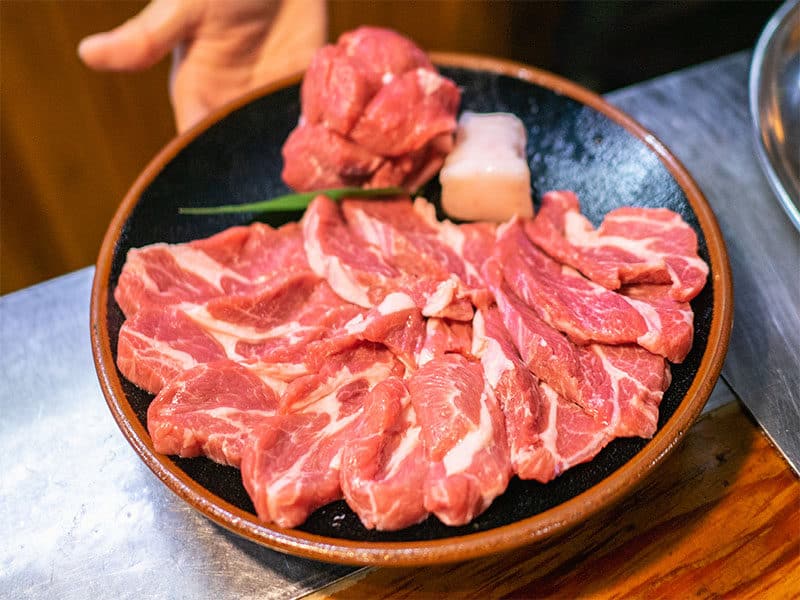
It may be cost-consuming, take time and effort to deliver a perfect capicola. Let’s review this recipe to save time and money.
Sometimes you want to find a culinary recipe for this special meat, but there is no trustworthy information, right? Do not worry!
In this article, I’m sure that all formulas below are collected and researched from various sources and tested to give information in detail. And I hope it will help you.
Now, let’s get started.
After selecting the freshest meat, I clean the capicola with water then let it dry in a few minutes. Then, I take steps by steps:
- Stage 1: Marinating and curing your capicola
At first, you can place your capicola into a mixture of salt, sugar, red peppers, and pink curing salt. Make sure your meats infuse into the flesh. Then cure them in plastic wrap in the fridge for 10 days.
- Stage 2: Casing and trussing
After 10 days, you unwrap and remove all the spices on their surface before rubbing other types of seeds, coriander, fennel, and more. Then you can use a netting roll or salted veil to keep the capicola in shape tightly and thoroughly.
- Stage 3: Drying and refrigerating
You need to remember that drying temperature. Choosing the proper oven to heat your capicola and keeping its moisture.
This step lasts about 2 hours, so you need to keep both sides of the capicola be cooked. Do not overcook unless you have a super dry capicola.
When this stage is done, you can remove the capicola and let it in the refrigerator to keep it refrigerated, which lasts 4 hours.
Storing
To have the best meal with capicola, you should know how to store it correctly.
In case you have a specific chamber, store your capicola in it. The best time to store is 3-5 months.
However, a normal method I always use to keep it longer is to leave it in the fridge for a couple of months. It should be better to consume capicola in 3 weeks to retain its taste and flavor. A sliced capicola that is frozen can be used in 3-5 months.
Benefits And Drawbacks
It’s time to dig into what advantages capicola has and what drawbacks it probably causes.
Capicola is quite common due to its advantages. It’s a high-quality dish full of vitamins and important minerals for the development of DNA production. Especially, B and B12 vitamins are good for the immune system.
It is a nutritious cuisine due to its large amount of protein that is necessary for the brain’s development.
Besides, the process of making capicola is quite easy and convenient. This helps you to prepare easily.
Capicola, on the other hand, has some cons. Because the main seasoning is salt, it is thought to be linked to several serious health problems. Significantly, the high level of salt may cause high blood pressure, stroke, and other relevant diseases.

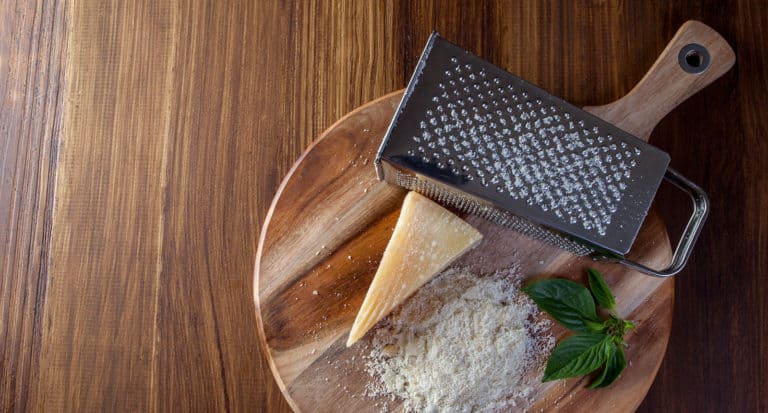
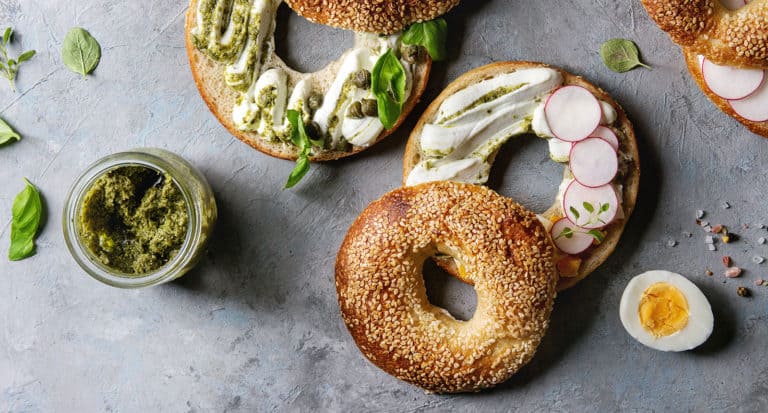

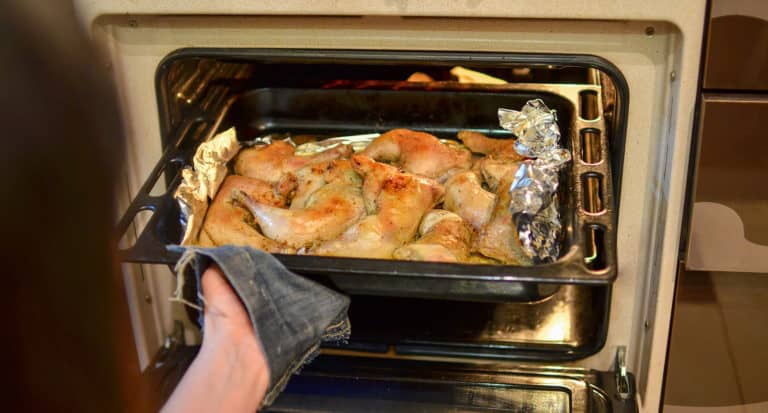


Amanda Collins
Founder and Senior Culinary Editor
Expertise
Culinary Arts and Management, Food Journalism and Critique, Recipe Development and Testing, Global Culinary Traditions, Sustainable Food Practices
Education
Institute of Culinary Education (ICE), New York, NY
Program: Diploma in Culinary Arts
Focus: Intensive hands-on training in culinary techniques, recipe development, and kitchen management, preparing students for professional roles in the culinary industry.
Monroe College, New Rochelle, NY
Program: Associate in Applied Science in Culinary Arts
Focus: Practical culinary skills, including cooking techniques, menu planning, and kitchen operations, with an emphasis on hands-on experience and industry standards.
Amanda Collins is a seasoned chef and food editor with a deep love for global flavors. Trained at the Institute of Culinary Education and Monroe College, and with over 15 years in the culinary field, Amanda has refined her skills in kitchens worldwide. Her background in food studies gives her a unique ability to share both recipes and the cultural stories that shape them.
As senior culinary editor at thebreslin.com, Amanda’s work brings authentic dishes to life, inviting readers to explore new flavors and techniques from around the globe. Her approachable style makes it easy for anyone to bring a bit of the world’s cuisine into their kitchen.